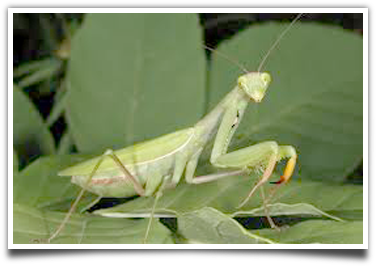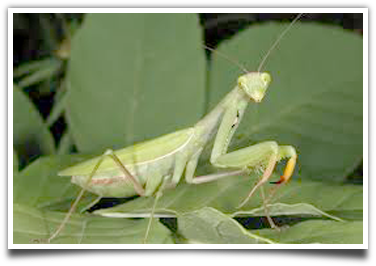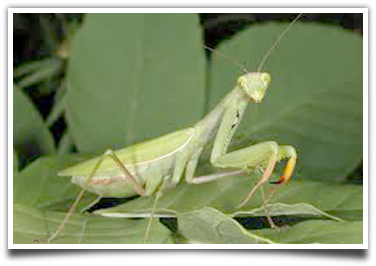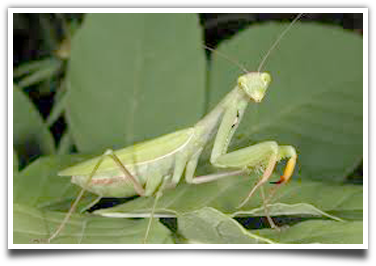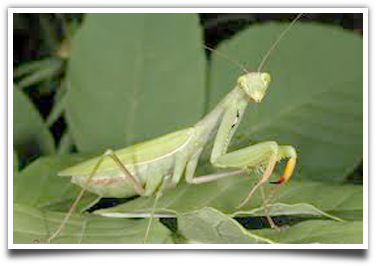Evolution
Many people ask about the praying mantis facts that cover its evolution. Because of the appearance of the praying mantis, people can find it hard to associate this insect with other species. The evolution stories about praying mantis are actually theories and scientists are still trying to dig for information through fossils and remnants of these insects that are buried underground.
Although there are numerous theories that try to explain the evolution of the praying mantis, it is believed by many scientists and paleontologists that mantises are related to cockroaches. One of their direct ancestors is the species called Raphidiomimula burmitica which was believed to be a cockroach that had certain physical characteristics similar to the mantises. The prominent feature that was noted by paleontologists was the forelegs of this ancient cockroach which was similar to the legs of the mantises today.
Aside from the cockroaches, termites are also believed to be close relatives with praying mantises especially because their ancestors were believed to have flourished on the same period in the past which was called the Cretaceous. Many of the fossils of mantises, proto-cockroaches and termite ancestors were from this period. Tracing the evolution of the mantis is still challenging especially because there are only a few actual fossils of mantises found all over the world.
Breeding Praying Mantis When you have plans of breeding praying mantis, you should know how to distinguish the females from the males, among other praying mantis facts. One of the easiest ways to do this is by counting the segments at their abdominal region. Female mantises have six segments while males have eight. Keeping the mantises healthy isn’t much of a work. When you got hold of a pair, you must first feed them properly with insects for about two weeks prior to More... Common Praying Mantis Injuries The most common injury of praying mantises is damage to their limbs resulted from falls. If a praying mantis is suffering from this injury, there will be a noticeable deformity in the position of its legs or some bleeding. The mantis can be aided by using fingernail hardener to coat the affected spot. Suffering from dehydration may cause the insect to become shriveled or lethargic, or to shed. In this case, the best thing that you can do for the More... Taming a Praying Mantis In order to start taming a praying mantis, put your hand open at the door of the cage to allow the praying mantis to walk onto your palm. You must avoid picking the mantis up or grabbing it. Instead, simply let this insect climb into your hand. This way, the praying mantis is caused to think that your hand is a safe place to get in. If the insect is not willing to go to your hand, put a tiny More... Pest Control Praying Mantis When it comes to taking care of gardens and farms, pest control is always a crucial part of the process because pests can damage most of your plants or crops. There are numerous ways on how you can control pests but a natural and organic pest control method is through the use of praying mantises. Learning about praying mantis facts will be necessary to farmers and gardeners who would want to engage in this type of process. Praying mantises are More... Taking Care of Praying Mantis There are actually quite a number of people who have praying mantises as their pets. Some of these people are insect collectors while some are actually just fascinated about these insects. But whether you are just doing the collecting for fun or you are doing this for research, it is important to know essential praying mantis facts especially on how to take care of them. The first thing that you need to know when taking care of a praying mantis More...
|
